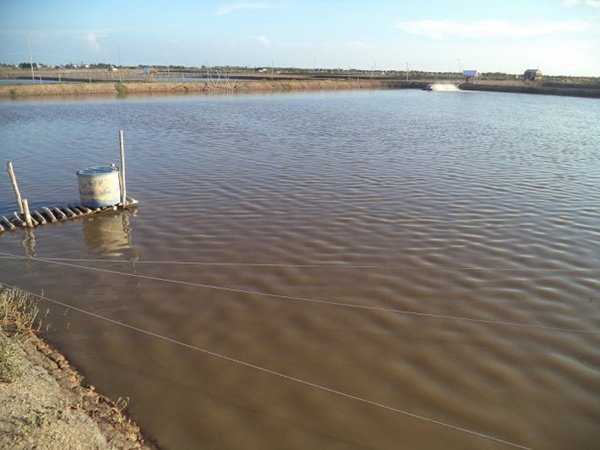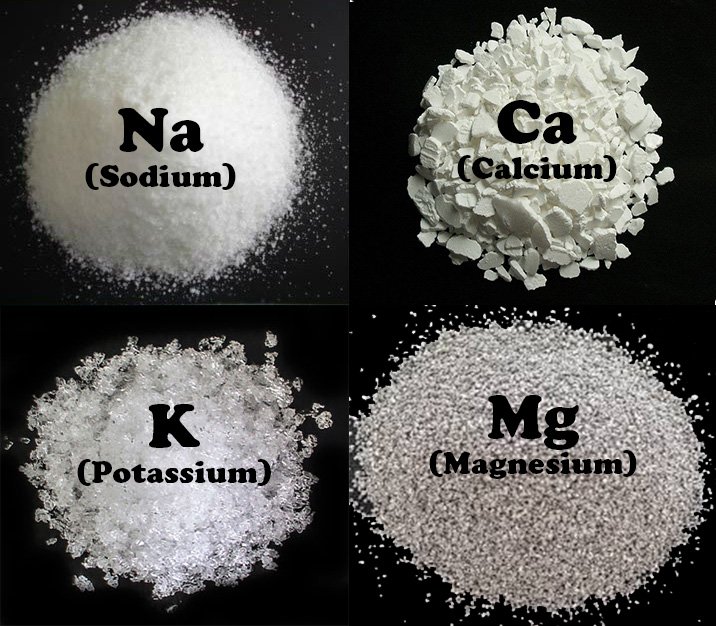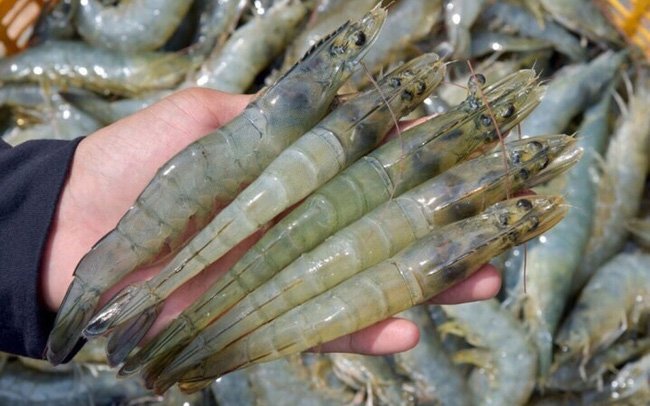NEWS & KNOWLEDGE
4 Tips for managing water quality in shrimp farming
Achieving and maintaining water quality throughout the shrimp farming process is important for crop success. In today’s article, AquaKing will focus on a special aspect – water quality. The main water source and basic environment create favorable conditions for shrimp to grow and develop comprehensively.
Reduce the amount of toxic chemicals and increase many indicators in water, 4 secrets are below:
1. Ensure ideal parameters
There are many different parameters that indicate whether the water source in a shrimp pond is standard or not. Making sure they are within the ideal range is an important step in maintaining optimal water quality. Parameters include temperature, dissolved oxygen, salinity, alkalinity, pH, settleable solids, total ammonia nitrogen – monounsaturated ammonia – nitrite – nitrate, phytoplankton, hardness. The ideal range for each parameter can vary, depending on farming location, weather and infrastructure.

To maintain ideal water quality for each of these parameters, we obviously need to know the current measurements for each item. Regular measurement becomes essential to the overall effort to maintain high standards of water quality. By measuring regularly, you can see if there are any aspects of the water that are affecting the shrimp.
2. Pay attention to the mineral ratio
Minerals always have a great influence on the health and growth of shrimp. With enough nutrients, the shrimp will quickly molt and form a new shell. The mineral composition here includes the ratio Na (sodium) – K (potassium) – Mg (magnesium) – Ca (calcium). Maintain 4 balance levels according to recommended parameters Na:K (28:1), Mg:Ca (3,4:1). During shrimp farming, this ratio will change for many reasons. In case of imbalance in the ion ratio, supplement with commercially available products such as potassium chloride, magnesium chloride, calcium chloride, etc.

If calcium is of concern, magnesium is often overlooked when raising shrimp. It plays an important role in chemical and biological processes in ponds and lakes. The magnesium content in natural saltwater is second only to sodium chloride, making it a major element rather than a trace element. Not only shrimp, but magnesium is essential for all organisms thanks to its biological functions and is very important for species with bones/shells.
It is difficult to maintain ideal alkalinity and calcium levels in saltwater without maintaining magnesium levels. Natural seawater has a magnesium concentration of 1280-1350 ppm. If the concentration in the shrimp pond is low, calcium carbonate will tend to precipitate causing many problems. However, the easiest way to dose & supplement magnesium is to use Indian flake magnesium chloride.
Remember that standard magnesium levels should be between 1250 and 1350 ppm. If you encounter any problems, AquaKing is always ready to advise and offer mineral supplement solutions for your shrimp. AquaKing is proud to introduce a line of aquatic ingredients that help ensure the ideal water parameters necessary for a healthy shrimp farming environment.
3. Phosphorus and algal virulence
Algae is part of shrimp food, however, not all algae are good – some can produce toxins. Harmful algae grow quickly and crowd out other algae species. Notably, blue-green algae, a type of bacteria capable of photosynthesis, can be mentioned. When you feed your shrimp, nutrients such as nitrogen and phosphorus that are not consumed by the shrimp stay in the sediment. Phosphorus will increase algae production.
Once the algae dies, the organic load increases and pushes ammonia concentrations to toxic levels. They also use high amounts of oxygen, leading to oxygen depletion – a cause of shrimp weakness and death. Therefore, it is important to always monitor phosphorus and algae, to ensure that they are under control. When you see an increase in algae, we recommend using copper sulfate as a treatment.
4. Water exchange
Changing water sources is a cost-effective method of maintaining good water quality. It can prevent excessive ammonia accumulation and help shrimp reduce stress, such as disease and harvest. AquaKing recommends that you avoid changing the water before the day of culture to maintain stable and good water quality. The recommended daily water changes range from 10 to 30%. The rate will increase throughout the cycle as feed input increases.

When ammonia levels spike, water should be changed to reduce ammonia levels to safe levels.
One important thing to note, while water changes are beneficial, they increase the risk of pathogens entering the system. We always recommend using pre-treated water.
Have a troubleshooting plan to ensure that you are always ready to take action for any problems that may arise. There are many factors that can negatively affect water quality in many different ways. Each shrimp farming site requires unique treatment, but these tips will cover the essentials of water quality management. AquaKing hopes this guide can help shrimp farmers everywhere successfully manage water quality.
